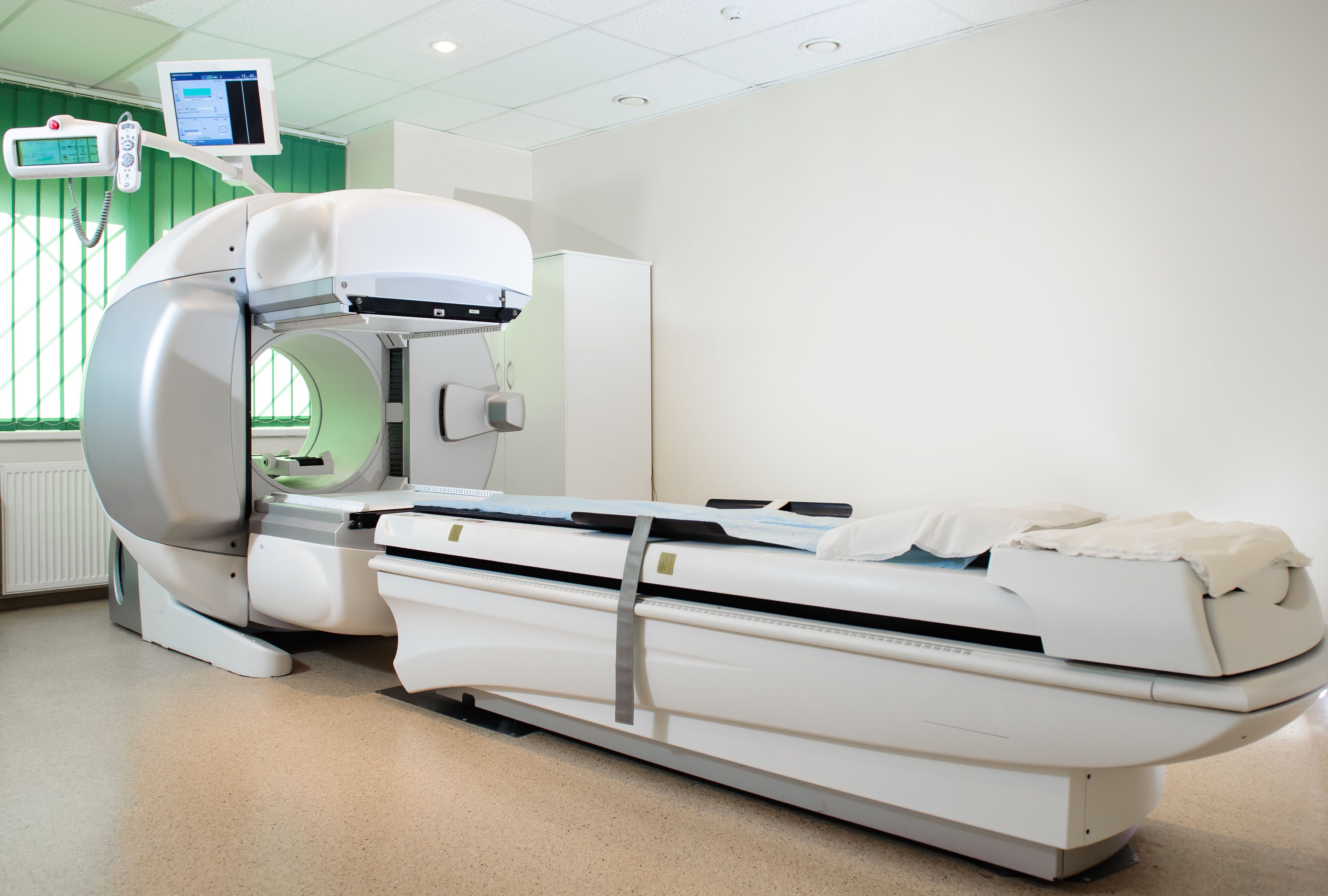Article
Breaking Down Radiation Therapy for Prostate Cancer
Author(s):
Active surveillance can be used for many patients with prostate cancer; however, when localized, radiation therapy is an option.
Although active surveillance is appropriate for many patients with prostate cancer, radiation is an option for those whose disease is localized to the prostate, according to Dr. Sameer Keole, who recently presented on the topic during CURE®’s Educated Patient® Prostate Cancer Summit.
“I always counsel patients that when they’re making a prostate cancer decision option, usually it’s not so they’re alive but rather they’re alive relative to freedom of disease progression,” said Keole, a radiation oncologist at Mayo Clinic in Phoenix, Arizona.
He presented data from a clinical trial held in England, what he called “The Mona Lisa” trial, since many experts thought it couldn’t be done. Patients were randomly selected to receive surgery, radiotherapy or active surveillance. While surgery and radiotherapy were equal when examining disease control, patients had a 10% lower chance of having disease control with active surveillance.
“This isn’t to say one treatment is better than the other, but they’re different. And they have different side effects. That’s how I counsel patients to make decisions,” said Keole.
A newly diagnosed patient will see a radiation oncologist who will decide whether they should be treated. Then computerized tomography (CT) simulation is done by using a CT scanner machine, followed by MRI and the treatment plan. If a patient is treated, they are seen weekly and followed afterward, explained Keole.
Radiation Therapy in Prostate Cancer
Typically, patients with a Gleason score of six are good candidates for active surveillance, explained experts who participated in a panel discussion following the presentation. A Gleason score is used to determine the aggressiveness of the prostate cancer (a score of six is low-grade, seven is intermediate and eight to 10 is high-grade).

However, for patients who will need radiation therapy, three major categories exist: external beam radiation therapy (EBRT); brachytherapy; and radioisotopes, also known as radiopharmaceuticals, which are more commonly used when the cancer has spread.
To destroy cancerous cells and shrink tumors, EBRT uses a direct beam of radiation from outside the body compared with brachytherapy that involves placing radioactive material inside the body. Brachytherapy has three advantages over EBRT: it can be delivered at higher doses to more specific areas, has fewer side effects and treatment is usually shorter, according to Mayo Clinic.
Radiopharmaceuticals, which are injected, can be used for patients whose prostate cancer has spread to the bones and has accompanying pain. Currently, radium is approved by the Food and Drug Administration (FDA), said Keole. But excitement in the field lies in prostate-specific membrane antigen (PSMA), which is expressed on the surface of prostate cancer cells. “It’s overexpressed in prostate cancer and then further overexpressed in aggressive prostate cancer,” said Keole.
PSMA originated in Europe and has yet to receive FDA approval in the United States but remains to be studied in clinical trials. For instance, the phase 2 TheraP study compared PSMA with lutetium-177–labeled PSMA-617 (LuPSMA) with cabazitaxel, a type of chemotherapy to treat prostate cancer, in men with metastatic castration-resistant prostate cancer that had progressed on docetaxel. Researchers found that Lu-PSMA had better efficacy and fewer side effects than cabazitaxel.
“We are very, very excited,” said Keole. “We think it’s going to be useful for both diagnosis and therapeutic options.”
For more news on cancer updates, research and education, don’t forget to subscribe to CURE®’s newsletters here.




